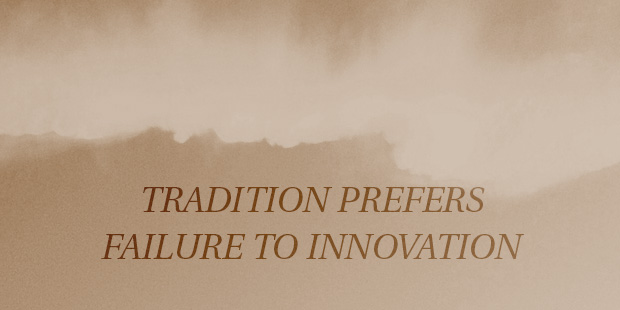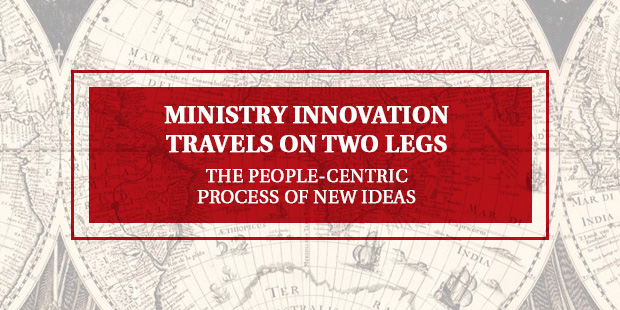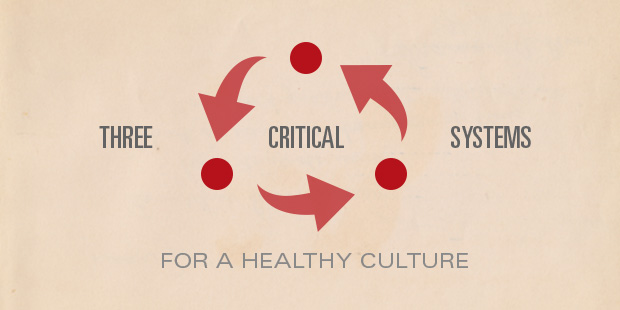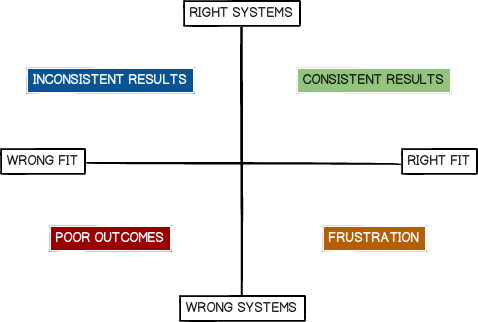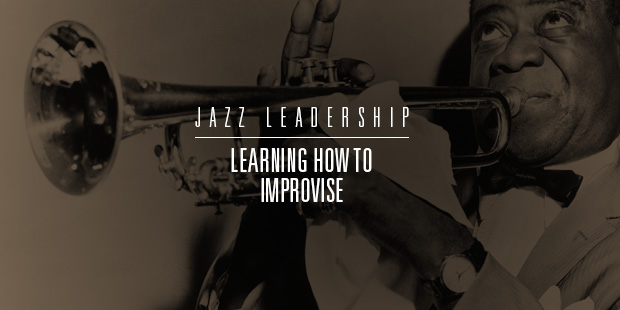
Beyond the One Dimensional Scorecard: Count Vertically AND Measure Horizontally
Disclaimer: I’m not a certified church growth expert. I’ve not written a book on growing churches, nor do I pastor a large church that’s had a ton of numerical growth. But in talking with a very good friend of mine I’ve thought through some ideas and wanted to share my thoughts on measuring growth. – end of disclaimer
Previously, I’ve blogged about the Fellowbackgrangepoint Church model as a way of trying to describe what I’ve seen happening with churches. You might have your own church model that might look more like the Willoharvesttemple Church or the Friendshipcommunityofbible Church or any other mash-up of churches that your leadership has tried to emulate.
At the end of the day there’s a lot of ‘me too’ churches that are honest and sincere in their application of proven lessons. But the results are an overlay of formats that are missing the key ingredient: who God called your church to uniquely be.
There seem to be a couple of prevalent schools of thought floating around:
- Measure attendance, because each number is a life in need of Christ
- Measure discipleship growth, because life change matters most
Why is it either/or instead of both/and? If a church has 10 people that go very deep in studying Scripture and are a tight-knit fellowship of believers, but never reach people in need of Jesus, they’re ignoring the Great Commission (go and make disciples). Conversely, if a church has a huge front door with thousands coming in and nearly as large back door with thousands going out, why aren’t they discipling those people who are in and out?
So here’s the question I want to posit:
If we count involvement vertically (attendance) and measure growth horizontally (how many serving/changing lives), our metric system is holistically valid.
Obviously, measuring attendance is a lot easier than measuring changed lives. But isn’t that worth the effort? I think it is.
We have to be careful in implementing this process, as it would be very easy for a leader to stop counting and begin judging those who are growing and serving with personal life-change. Yet, with a solid leadership infrastructure and a commitment of group leaders, capturing both anecdotal as well as tangible data is very do-able. In the end, I don’t think we should look for a hard and fast number for the horizontal growth, but maybe more of a barometer that gives an honest and accurate sampling of the result.
Given the plethora of church management systems software packages available, I know first-hand that the right reporting tools exist. The question is, are we being trained to use them to capture both the vertical and the horizontal?
How about your church? Is this honestly what’s happening? Or do you find yourself in an either/or situation?
It’s time for a new scorecard – one that counts vertically AND measures horizontally.
How can you move from where you are to the genius of the and?
Read more from Anthony here.

Tags: Anthony Coppedge, Leadership Engine, Measurement, New Scorecard













